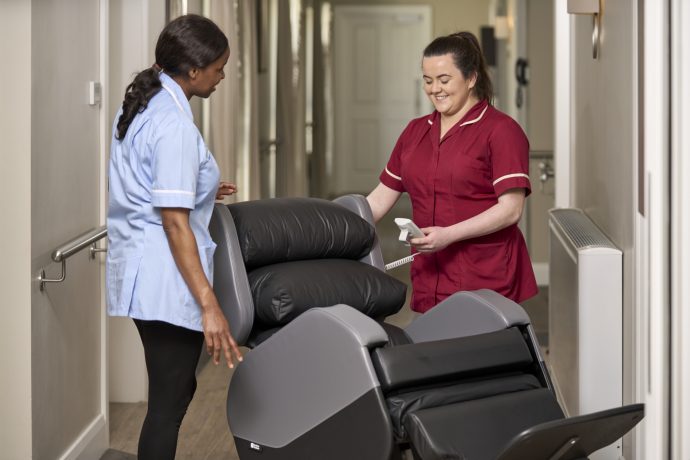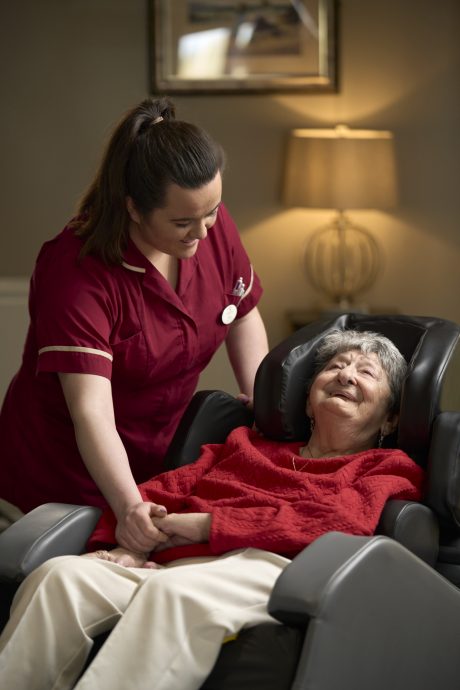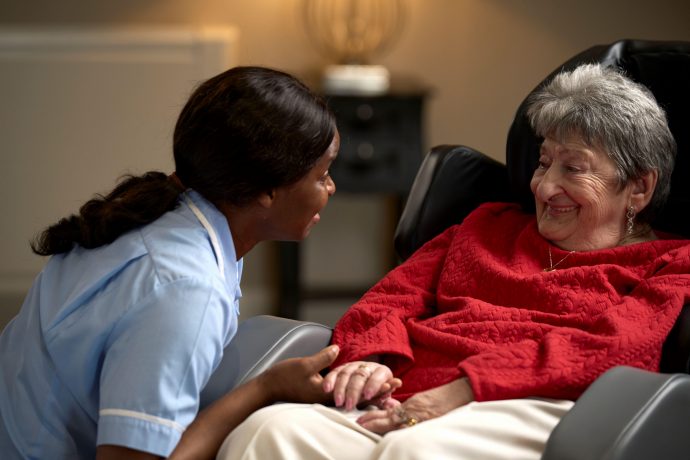
2nd September 2025


Let our online product finder guide you through our simple steps to choose the chairs that best meet your patient’s needs.
Seating Solution FinderThe Envelo cushion provides excellent pressure redistribution and comes as standard on all Seating Matters chairs, meeting the clinical needs of most clients.
Explore Envelo RangeSeating Matters specialises in clinical, therapeutic seating solutions designed to improve patient care and safety, offering products for pressure injury prevention, postural support, and mobility assistance in healthcare settings.
Learn MoreDiscover how Seating Matters has transformed lives with our innovative seating solutions - read our inspiring customer success stories now!
Customer StoriesUsed in academia, in clinical practice and with caregivers around the world to guide their practices around specialist seating.
Download Free Handbook

Understanding why seating matters, can make a difference to the life of patients and caregivers, preventing injury and reducing the cost of care.
By approximately ten months of age, a typically developing infant demonstrates good sitting posture. The infant sits with the pelvis and spine in a straight line with the head balanced over the body, with both hands free to interact with the environment. This is an efficient posture, i.e. it requires the least amount of exertion to maintain.
The position of the pelvis is the basis for good sitting posture. If it is tilted to the front, back, or side due to a postural deformity or inadequate support, the muscles in the hips, trunk and neck must work harder to keep the person from falling over. If they are unable to maintain a midline position this can lead to poor posture.
Improper posture can lead to imbalanced weight distribution which may eventually lead to pressure injuries and other, sometimes fatal complications.
The ability to reposition is often diminished in the very old, the malnourished and those with acute illness.1,2 If gravity pulls the person into a poor sitting position over a period of time, it can be difficult for them to bring their body back to midline to correct that posture. Support from the correct chair can reduce poor sitting posture and help with positive repositioning for pressure management.
Don’t underestimate the importance of a thorough, clinical seating assessment. The clinician carrying out the assessment should identify the needs of that person and help inform their decision on the type of chair they require to meet their needs, both now and in the future.
Think about that long haul flight. The pain you endure during that flight gives you some idea of the hard work that goes into sitting all day, every day.
For the person being assessed, the time spent doing a Seating Assessment can make a major difference to their comfort, positioning and quality of life for years to come.
References
1. Fisher, A. R., Wells, G., & Harrison, M. B. (2004). Factors Associated with Pressure Ulcers in Adults in Acute Care Hospitals. Holistic Nursing Practice, 18(5), 242-253.
2. Lindgren, M., Unosson, M., Fredrikson, M., & Ek, A. (2004). Immobility - a major risk factor for development of pressure ulcers among adult hospitalized patients: A prospective study. Scandinavian Journal of Caring Sciences, 18(1), 57-64.
Note - the purpose of this blog is to give an overview of the product with some tips to consider on its use. This is not intended to be a substitute for professional or medical advice, diagnosis, prescription or treatment and does not constitute medical or other professional advice. For advice with your personal health or that of someone in your care, consult your doctor or appropriate medical professional.
Sign up to our mailing list to get practical tips and latest research delivered to your inbox!
Take the next step to achieve clinical excellence and a 24 hour package of care for patients.

Arrange a free, no obligation seating consultation with your local Seating Specialist.

Schedule a call at a time that suits you to speak with our experts.

Arrange a free, no obligation trial of clinical, therapeutic seating

2nd September 2025

15th August 2025

15th August 2025